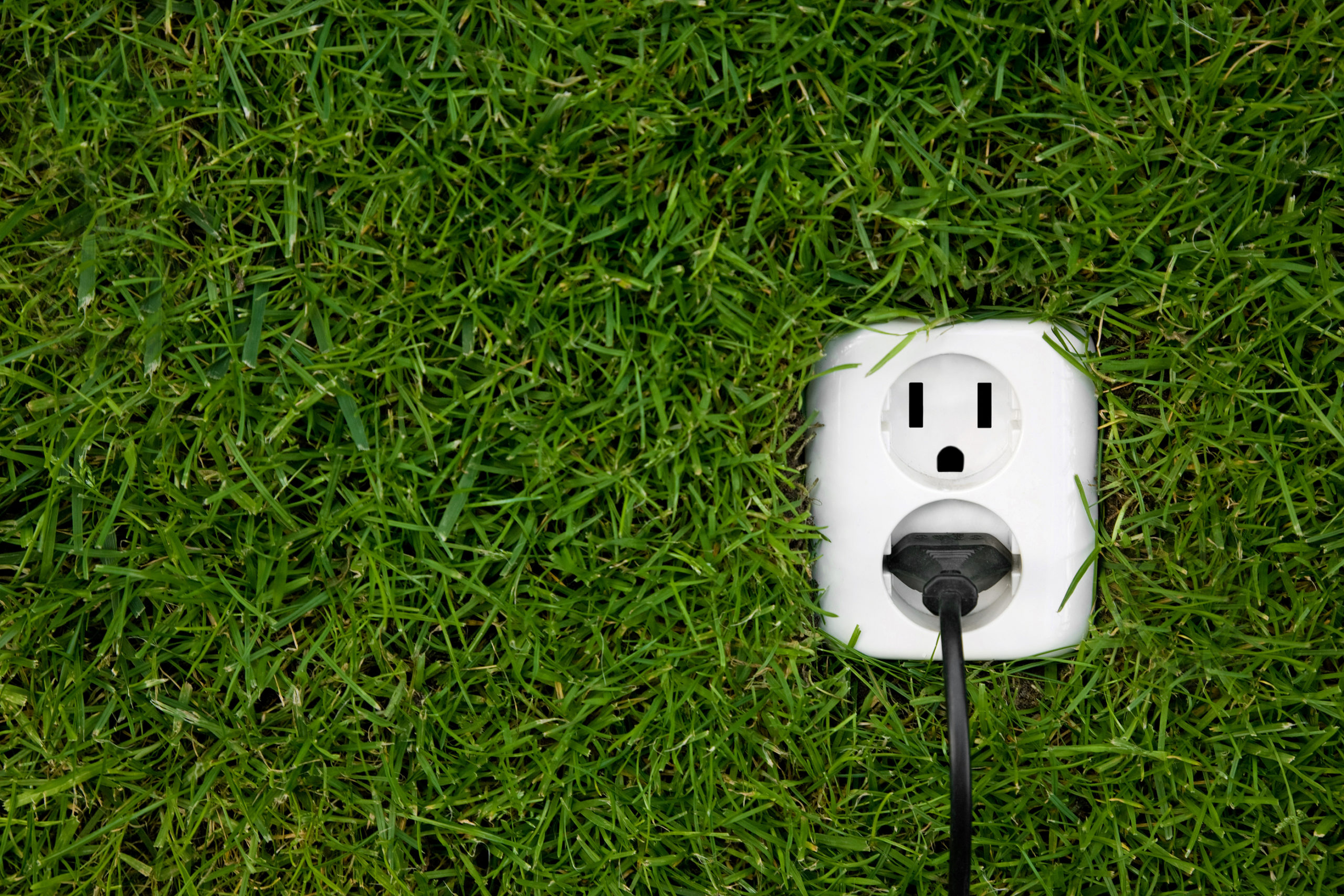Heating and Cooling
Heating and cooling of buildings is where much energy is used and wasted. Controlling temperature settings is part of the equation, but many entities that have developed extensive energy conservation efforts discover some of the greatest savings occur when employees are not even around. The key is to identify where people work and to target the heating and air conditioning to those areas by using systems with multiple zones and timers. While zoned systems and complex timers tend to cost more than traditional systems, the energy saved can pay for itself in a rather short period of time since they can often be as much as 30 percent more efficient. However, in some cases it can even be cheaper because smaller units can be used to satisfy the demands of a building’s zones.
An even cheaper option to improve overall effectiveness of your heating and cooling systems is weather-stripping. Making sure windows and doors are properly sealed can pay for itself rather quickly. Properly sealed windows and doors can save as much as 10-15 percent on energy bills. From there, the options tend to get more expensive; these improvements should be thought of as a long-term strategy to reduce energy costs. Improvements such as enhanced insulation for both walls and ceilings, replacing older windows with more advanced window systems, and replacing heating and cooling systems with modern, higher-efficiency systems that are at minimum Energy Star rated.
Lighting
For many office environments, the lighting of choice has traditionally been overhead fluorescent lights. The real savings occur by making sure the light they emit reaches the intended destination in an efficient manner. Fluorescent tubes are generally efficient, but unless your system has been replaced recently it is likely that significant savings can occur by switching to a more modern system. Modern lighting increases performance by using reflective panels, lower watt bulbs, better designed lenses and improved ballasts. With the right design, you can increase the energy efficiency of your lighting system, while dramatically increasing the total output of light (generally measured in lumens).Traditional or incandescent light bulbs are incredibly inefficient. In fact, as much as 95 percent of the energy consumed by these bulbs is actually transmitted as heat rather than light. This is heat that also impacts the performance of air conditioners in summer months.
Incandescent bulbs have low upfront costs and last 1,000-2,000 hours. However, Compact Fluorescent Light (CFL) bulbs generally last about 10,000 hours and, depending on style and manufacturer, are three to six times more energy efficient at producing the same amount of light (a 15-watt CFL bulb typically produces the same lumens as a 60-watt bulb). Additional benefits also include reduced labor costs for replacing bulbs, particularly for light bulbs in out-of-the-way places or that need special equipment such as lifts or ladders to replace.
Other considerations for energy savings involve the overall lighting scheme. Is the building maximizing the use of natural light? Are dimmers used to allow employees to adjust the actual amount of light needed in an area? Are motion detecting switches used in places such as bathrooms or slightly used common areas to automatically turn on and off lights? Are employees told to turn off lights when not in an area? The answers to these questions have noticeable, if not dramatic, consequences on overall energy use.
Water Heaters
Most office environments do not require large water heaters since typical uses are different than those in residential settings. Most traditional water heaters waste energy by having a large reservoir of warm water waiting to be used. This waiting and constant re-heating even during long periods of nonuse makes traditional water heaters particularly inefficient for office environments. Tankless water heaters might be a more appropriate solution for producing warm water in office environments. Also called demand or instantaneous water heaters, these devices only provide hot water when it is needed which will save energy. They generally work best when located in close proximity to the hot water tap, so multiple units might be necessary. When the tap is turned on, cold water travels through a heating element that rapidly produces hot water. Most models can produce 2-5 gallons per minute so most office environments will not notice a performance issue. These units do cost more than their more traditional counterparts, often as much as twice the cost. However, depending on models and layout employed, tankless water heaters can be 10-50 percent more energy efficient than traditional tank models. So the energy savings will likely pay for the additional cost over time.
Office Equipment
Copiers, fax machines and computers as a whole are taking a larger portion of total office energy consumption, and some sources argue that office equipment energy use is the fastest growing part of overall energy use in commercial buildings. A considerable amount of this energy use is occurring when we least expect it, when the component is not being used or after everyone has gone home for the day. While more and more office equipment have sleep modes or automatic shut-offs, older equipment may not have this option and even newer models might be set at a threshold that does little to reduce energy consumption. It is important to look for office equipment that is Energy Star rated by the U.S. Environmental Protection Agency (EPA); this rating provides an assurance that the product maximizes energy use. Most major office equipment manufacturers have adopted these standards and costs should not be significantly impacted. It is also important to make sure that office equipment is on a power strip/surge protector. Turning the switch to off when products are not in use can prevent equipment from drawing power even when the equipment is off.






